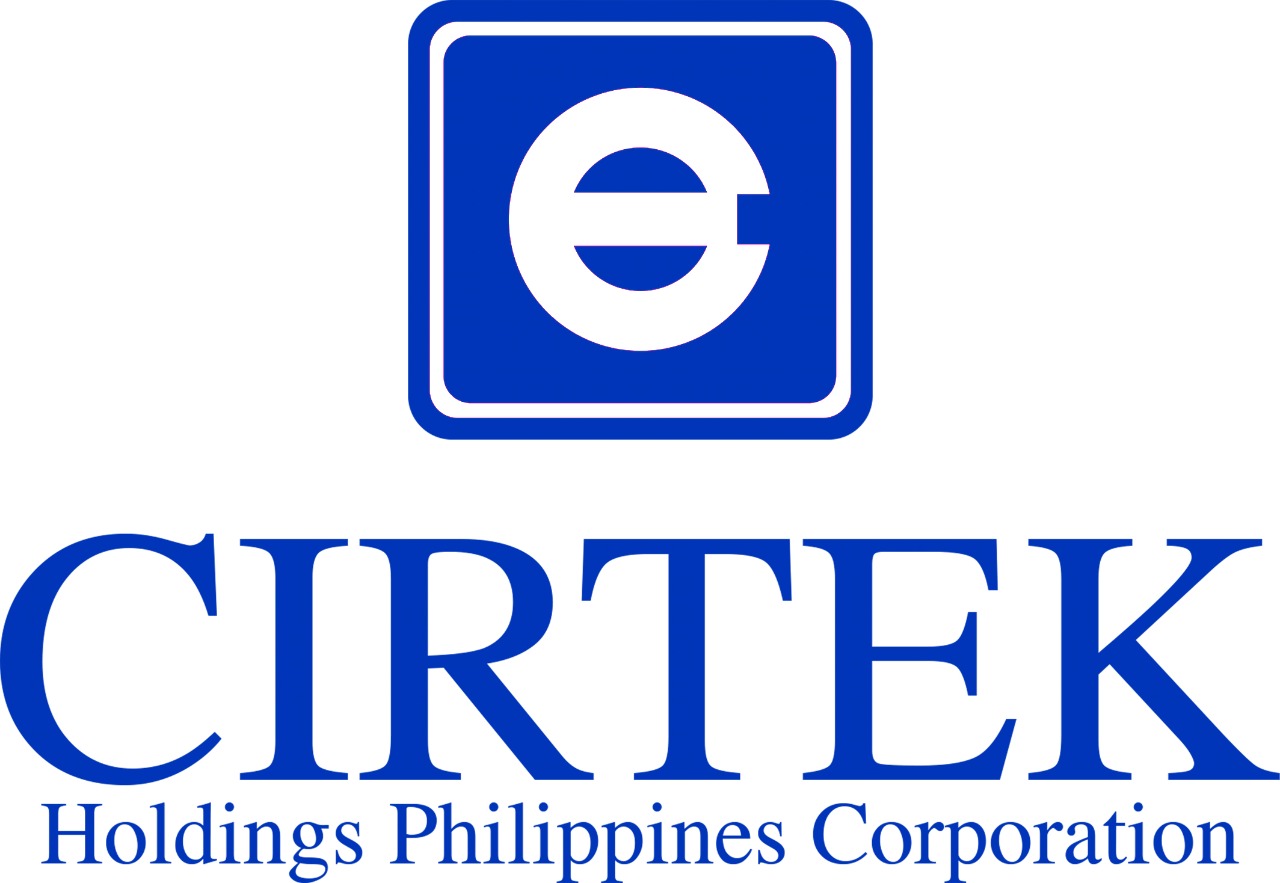
Many economists think the weakness of the Philippine peso will persist through 2018, no thanks to an expected more hawkish stance by the U.S. Federal Reserve.
Even, the Bangko Sentral ng Pilipinas has said it has allowed a modest and gradual depreciation of the peso as part of an adjustment “to protect the economy.”
As some analysts project the peso could slide to PHP 55 against the greenback, investment managers like Astro del Castillo, managing director of local stockbroker First Grade Holdings, are looking for opportunities to take advantage of the peso’s retreat that could sap some strength from the rallying local stock market.
Shifting funds to U.S. dollars may lessen the currency risk and even result in some exchange rate gains. But foreign currency deposit units pay very little interest while investing in dollar-denominated bonds of the government require a fairly large amount.
Mr. Del Castillo said an alternative for those seeking better yields and realize potential foreign exchange gains is to place funds in the fledgling dollar board of the Philippine Stock Exchange. And for overseas Filipino workers, such investment products are a good fit given that their incomes are in foreign currency, he added.
Only food company Del Monte Pacific Limited’s preferred shares that offer a dividend rate of 6.625% is listed on the PSE dollar board at the moment. Since listing in April at $10, preferred shares of Del Monte has hit a high of $11.10 while the peso has slipped to multiyear lows. Del Monte will be selling more preferred shares.
By December, Cirtek Holdings Philippines will debut on the dollar board. The Philippines’ leading wireless and technology company will with its 6.125% preferred shares that raised $60 million with an oversubscription of $80 million to bankroll further expansion and service debts used to acquire Quintel, a top manufacturer of smart antennas in the U.S.
The interest rate on Foreign Currency Deposit Unit FCDU deposits is around 0.5%, Philippine government dollar bond due 2021 carry a 4% coupon while Ayala Corp. recently sold dollar bonds at 5.125% interest.
The PSE introduced the dollar board late in 2016 not only to provide another alternative investment avenue but provide listed companies an additional source of funding for their capital requirements.
“It is always prudent practice to diversify your investments. And hedging against foreign exchange risk is part of that,” said Ricardo Puig, head of research at Wealth Securities.
Investors need for a foreign currency denominated investment is evident in the steadily increasing size of banks’ FCDU deposits. At the end of June, FCDU deposits have risen 7.3% to $37.23 billion compared with the$34.68 billion posted in the same period last year. That number could only rise in the face of the steady growth in OFW remittance and the earnings of the business process outsourcing industry.
Only around 38% of the FCDU deposits have been lent by banks, mostly to local borrowers, leaving a larger chunk of cash that could be mobilized to help spur economic activity.
BSP Gov. Nestor Espenilla reminded a recent business gathering about the importance of the central bank’s effort to further liberalize and rationalize the foreign exchange rules in reducing the cost of doing business and facilitate job creation.
“This forms part of a broader FX market reform agenda to enhance transparency, improve price discovery, and increase the availability of FX products, especially hedging instruments,” said Governor Espenilla. He said deepening the foreign currency market will ultimately brace the economy against external shocks and allow monetary authorities greater flexibility in handling the exchange rate. ADVT

